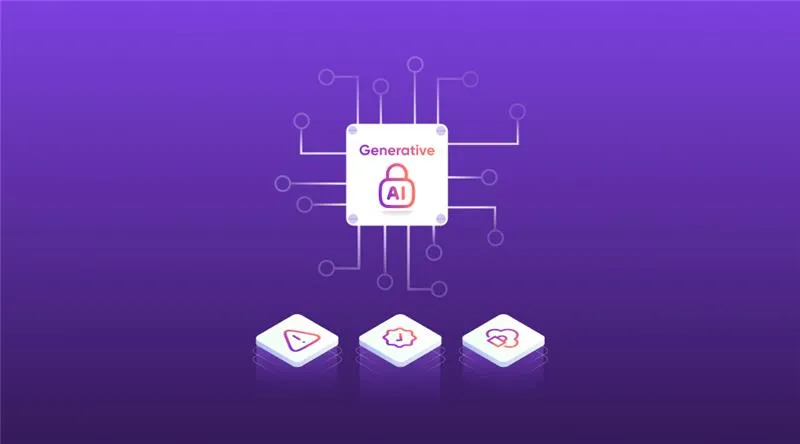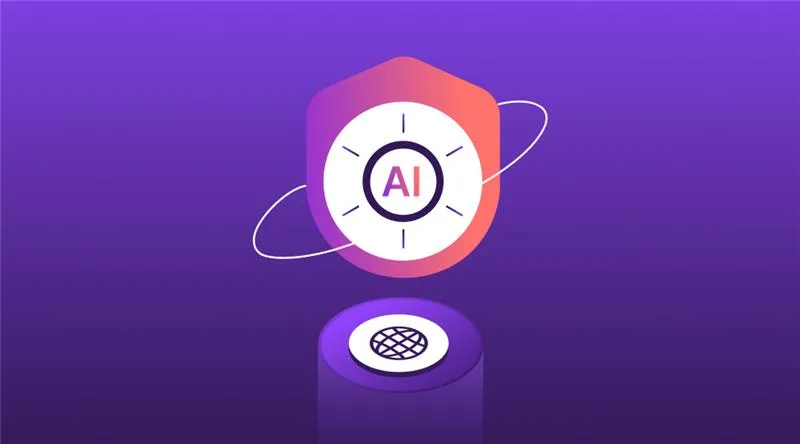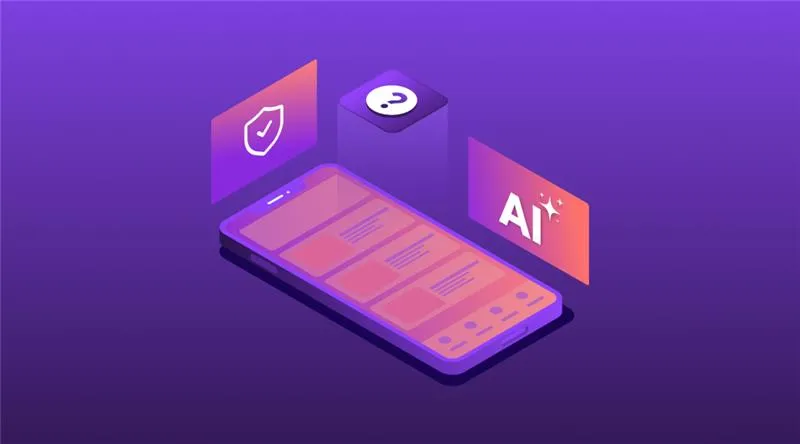Technology

5 min

Wearables and fitness trackers are transforming lifestyles, with the market expected to reach $41.3 billion. This blog explores developing iOS wearable apps using watchOS and HealthKit, covering interface design, HealthKit integration, testing, and compliance with Apple guidelines. Learn strategies to create seamless, user-centric apps for fitness, health monitoring, and productivity.

By Ayushi Shrivastava
06 Dec, 2024
Wearables and fitness trackers have become part of the modern lifestyle, and people are more conscious of their health than ever before.
As small as the screen, designing the app is more complex. The market has surged in the past few years and will keep increasing. It is expected that by the 35% compound growth rate, the market will touch $41.3 billion. These wearables are accessible to all age groups, from teens to old age.

Developing a wearable app for iOS will be a thrilling experience. The landscape is unique beyond your imagination and triumphs, concluding the key considerations to save you from unforeseen events.
Get assistance with designing, developing, performance optimization, testing, and additional cloud integration for data and resource management.

WatchOS complies with the ecosystem's design and development standards. It enables the perfect tools and utilities to shape the interface for fitness trackers, health monitoring, and productivity management tools. The WatchOS suite has numerous built-in features for wearable apps. Developers can enable HealthKit for health data processing tracking, Siri for voice commands, ApplePay for payment integration, etc.
Before taking your first step on the development grounds, it would be better to know the problematic events. Thus, we can adapt the approach accordingly to tap the potential marketplace. It is for fitness or sports enthusiasts. What's the age group of the audience? Are they extremely fitness and health-conscious, or do they want to add something to their lifestyle accessories?
Extending the previous point, it is easier to plan the features, design, and other usability elements after understanding the intent and audience. Create a user journey from one screen to the last. How will the user explore the app? How will each screen resemble real-life events, and how will each feature tackle them?
You're just one company initiating the wearable iOS app for your audience. Thus, search the web and your surroundings. Have a one-on-one discussion with them about whether they are facing health-related challenges and whether they need any digital solution to overcome them. Can you cater to the niches and audience with your app idea?
Not everyone is a jack of all trades. Thus, a team should be formed that is aware of every aspect of wearable and WatchOS app development. They must understand the essential tools and integrations to launch the app.
Brace yourself. It's time to step down the ground on wearables for Apple's fanbase—one that drives luxury, robustness, and performance. WatchOs is an essential companion on the ground, enabling access to launch excellent standalone apps. To smoothen the dev ride, glance at swift language concepts, Glance API, and a dedicated visual editor. All three are essential to designing and developing watch interfaces.
This phase needs extra attention to make things readable and appealing at first glance. Use a color palette or style size for buttons and fonts. Choose the icons and elements wisely with appropriate counts to make the interface look clean and breathable. Design a separate prototype to explain how things look in dark and light modes.
Leverage the power of HealthKit to your wearable health app, which can read, write, and store essential information. It's a robust framework with WatchConnectivity API and requires essential user permission for app usage. It extends the data transmission capabilities for complicated computations. It enables users to track their health and fitness progress.
Are you done with the functionality and layout styling? Now it's time to consider whether it's fit for the launch or needs any improvement. Quality Analysts use all their tools and resources to optimize the app's performance and quality. Apple Watch simulators enable the testing environment to check if the app functions well in all desirable circumstances with smooth rendering. Or it throws any exceptions related to touch gestures, battery, or other platform-specific complications.
You can only release the app to the public if it complies with app store guidelines. Confirm all the things you have done appropriately, including the human interface and HealthKit. The guidelines for iPhone and wearable devices may be slightly different. Thus, go through the watchOS approval metrics to make your app launch successful.
Key consideration:
If the app prioritizes user privacy while accessing location data, health and fitness activity data, voice recognition, etc., and if the app complies with Apple Pay guidelines.
Till now, the app was used by a few users, and it was fine-tuned. Now, when the traffic increases and more users explore the app interfaces, it may behave unpredictably. Plan the updates to resolve the tech glitches with some advanced integration. Thus, the app can manage the data transfer and computational tasks seamlessly. Professional Apple developers, they keep the focus on discovering the bugs in the watchOS environment. Proactively tackle the tech complications encountered in watchOS app development.
Wearables make life comfortable yet involve a lot of groundwork and backstage drama. Designing exclusive experiences for such small screens requires a sophisticated strategy. Integrating HealthKit enables access to sensitive health data through their wrist companion briefly with minimum taps and swipes.
Developers need to know the root problems and make the experience perfectly navigated through fingers smoothly. The future is filled with ample opportunities, and the development team will launch smooth wearable interfaces adapting to the latest trends.
WearOS and WatchOS are development environments for designing wearable apps. However, WearOS complies with Google guidelines and is suitable for Android devices' wearable apps. WatchOS enables the development capabilities to connect with the iPhone's unique interactions.
While designing the app for tiny wearable screens, make sure the visuals are minimal and straightforward. The text should be clear and readable in light and night mode. All the interactions and gestures can be rendered with a few swipes.
Set up the Apple emulators with Xcode to test th app for real-time scenarios. Discover the problematic interactions, battery usage, and other performance glitches. Avoid the flashy visuals and lengthy code, and remove the unnecessary features to make the rendering smooth and optimize the app.
Generative AI Implementation Strategy: From Concept to Deployment (Step-by-Step Guide)
By Sannidhya Sharma
5 min read
How to Design a Web App: From Wireframes to Working Prototype
By Dhruv Joshi
5 min read
How Much Does Generative AI Development Cost in 2026?
By Dhruv Joshi
5 min read
How to Build an AI Adoption Roadmap That Ensures Measurable ROI
By Garima Saxena
5 min read

Technology

7 min
Generative AI is moving fast into enterprises, from banks to hospitals to government agencies. Adoption is rapid, but security planning lags. Unlike traditional systems, these models can be exploited through prompt injection, poisoned data, or manipulated to leak sensitive information. They are also misused for phishing, deepfakes, and malicious code.


Technology

7 min
AI-powered Web Application Firewalls (WAFs) go beyond static rules by using machine learning, anomaly detection, and predictive analysis to block zero-day threats, reduce false positives, and protect APIs at scale. Unlike traditional WAFs, they self-learn, adapt in real time, and cut operational costs while improving compliance and trust.


Technology

5 min
AI is redefining mobile app security by transforming how threats are detected, tested, and prevented. From continuous monitoring and fraud detection to compliance with regulations, AI ensures apps remain resilient against modern risks. This means safer apps, protected users, and stronger businesses. Investing in AI-driven security today builds trust, drives growth, and secures long-term competitive advantage.


Feeling lost!! Book a slot and get answers to all your industry-relevant doubts